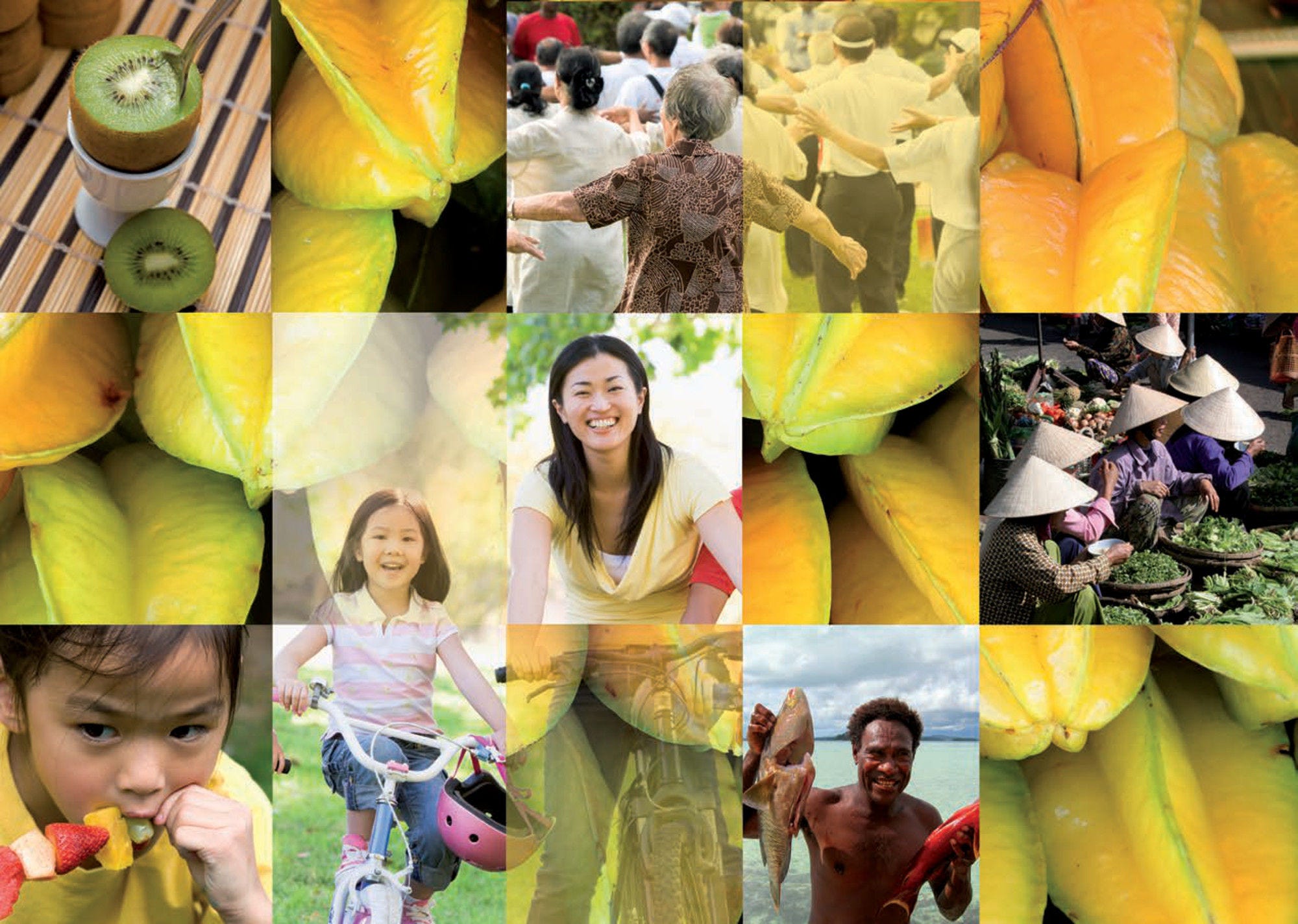Life expectancy at birth continues to increase remarkably in Asia-Pacific, reflecting sharp reductions in mortality rates at all ages, particularly among infants and children (see indicators “Infant mortality” and “Under age 5 mortality” in Chapter 3). These gains in longevity can be attributed to a number of factors, including rising living standards, better nutrition and improved drinking water and sanitation facilities (see indicator “Water and sanitation” in Chapter 4). Improved lifestyles, better education and enhanced access to health care also play an important role (WHO; US National Institute on Aging; National Institutes of Health, 2011[1]). The large decline in under age 5 mortality, which reflects important commitment and investment at local, national, and global levels over several decades, is another major drive of the increase of life expectancy (Dicker et al., 2018[2]).
Life expectancy at birth across low and lower-middle Asia-Pacific countries reached 70 years on average in 2018, a gain of 6.2 years since 2000, whereas it reached 74.8 years in upper-middle income countries, a gain of 4.5 years since 2000. In comparison, OECD countries gained 3.9 years during the same period (Figure 3.1, left panel). Nonetheless, a very large regional divide persists as a newborn in Hong Kong, China, is expected to live 30 years more than a newborn in Papua New Guinea. Japan; Macau, China; Singapore; Australia; the Republic of Korea; and New Zealand reported a life expectancy of more than 80 years in 2018. In contrast, Lao PDR, Fiji, Pakistan and Myanmar had a life expectancy of less than 68 years.
Women live longer than men do (Figure 3.1, right panel), but the degree of disparities varies across countries. The gender gap in life expectancy stood at 4.8 and 5.3 years on average across Asia-Pacific low and lower-middle, and upper-middle countries respectively in 2018, less than the OECD country average of 5.6 years. The gender difference was particularly large in Viet Nam, the Philippines, and Mongolia with eight years or more, while Pakistan reported a gender gap of less than two years.
Women also have greater rates of survival to age 65 Figure 3.2, regardless of the income level of the country. On average, 77.7% and 85.4% of a cohort of newborn women would survive to age 65 in low and lower-middle, and upper-middle income Asia-Pacific countries respectively, while only 68% and 74.9% of males will survive to age 65 in low and lower-middle, and upper-middle income Asia-Pacific countries respectively. In Japan; the Republic of Korea; Singapore; Hong Kong, China, and Macau, China 94% of newborn women will survive to age 65, whereas in Mongolia, Papua New Guinea, Myanmar, Fiji, the Philippines, and Lao PDR less than 2 out of 3 newborn males will survive to age 65. Many reasons contribute to this gender difference, such as biological differences resulting in slower ageing of immune systems and the later onset of cardiovascular diseases such as heart attacks and strokes among women (UNESCAP, 2017[3]).
Besides life expectancy, another indicator of the population health status is the healthy life expectancy. Higher healthy life expectancy is generally associated with higher life expectancy, and therefore it is longer – on average – for women. The difference of healthy life years for women born in 2016 between low and lower-middle, and upper-middle income countries across Asia-Pacific is of five years, with 63 and 68 healthy life years, respectively (Figure 3.3). This difference is increased to six years when comparing upper-middle income to high income countries, which exhibit an average of 74 healthy life years for women. Gender gaps amount to three, four, and three healthy life years for each of the aforementioned income groups, respectively.
Women born in 2016 in Singapore, Japan, and the Republic of Korea are expected to live more than 75 years of good health, while men from the same cohort in Cambodia, Myanmar, India, Papua New Guinea, Lao PDR and Pakistan have a healthy life expectancy of less than 60 years.



